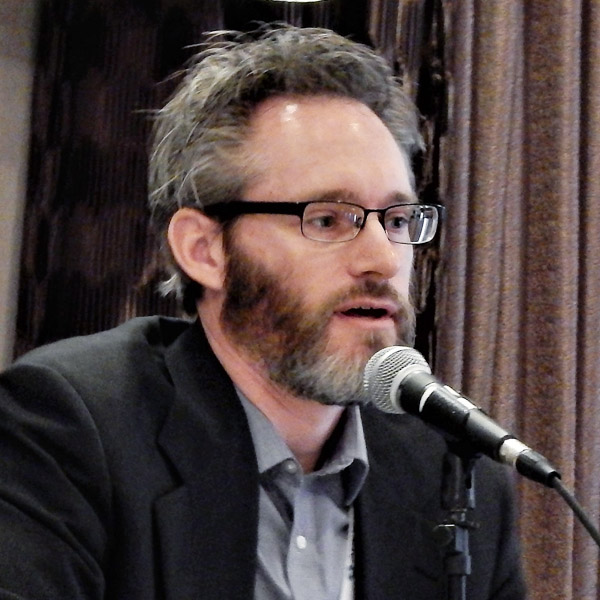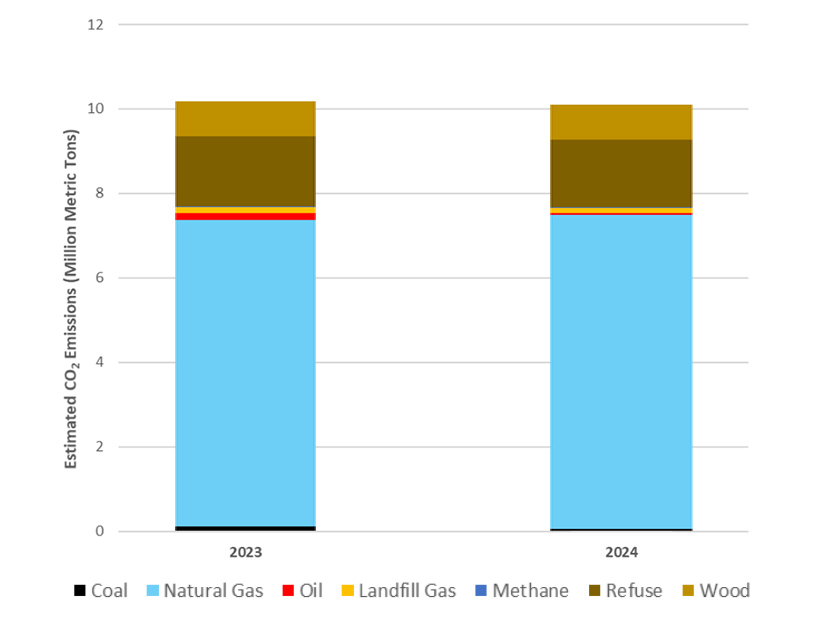Electric vehicle sales may have slowed in the U.S., but elsewhere, EV markets are robust and growing, according to BloombergNEF’s new Electric Vehicle Outlook 2024 report.
About 20% of all vehicles sold worldwide this year will have a plug ― either battery electric or plug-in hybrid ― with sales predicted to rise to one-third by 2027, said Colin McKerracher, head of clean transportation at BNEF, speaking during a June 26 launch webinar for the report. But even more growth, government support and private investment will be needed to hit national and global targets for EV adoption and critical reductions in transportation emissions.
“Internal combustion engine vehicle sales peaked in 2017 ― that’s seven years ago ― and they are now down 30% from their 2017 peak,” McKerracher said. BNEF does not expect sales of ICE vehicles to regain their 2017 peak, but also doesn’t see them disappearing.
The report looks at two scenarios. In the “economic transition” scenario, EV adoption is driven by technological, economic and market forces, with no new polices or additional government support, and “most countries do not achieve a full phaseout of combustion engine sales,” he said.
BNEF’s second, net-zero scenario looks at what will be needed to get to a “net zero-capable fleet” by 2050 and keep global climate change under 2 degrees Celsius. A phaseout of ICE sales by 2035 would be required, and in some markets even sooner, McKerracher said.
The emission reductions needed for a global net-zero target would “rely on hundreds of millions of electric vehicles on the road by 2050, even approaching 1 billion,” he said. “If that market doesn’t deliver that, then most of those climate targets will be unreachable.”
President Joe Biden wants 50% of all U.S. auto sales to be electric by 2030 and has pledged to cut the nation’s GHG emissions 50 to 52%, also by 2030. EVs made up about 7% and PHEVs 2% of U.S. auto sales in 2023, according to the U.S. Energy Information Administration.
By comparison, BNEF’s figures show global EV markets moving in the right direction but still falling short of the growth needed for net zero, McKerracher said. By the end of 2023, light-duty passenger EVs made up about 18% of all vehicles in the fleet, while electric vans and trucks accounted for only 4%. Buses are a major wedge for transportation electrification, coming in at 26% of the existing fleet.
China’s ongoing dominance and the lackluster status of the U.S. in both BNEF scenarios expose some of the challenges facing wider EV adoption in the U.S. ― including the increased power demand from EVs ― and potential blind spots for domestic automakers.
For example, while Chinese automakers are racking up sales from a range of lower-priced EVs aimed at middle- and lower-middle-income customers ― and making inroads in emerging markets ― the U.S. market is saturated with higher-priced electric SUVs.
Chinese automakers also are ahead in sales of plug-in electric vehicles (PHEVs), which have become one of the fastest-growing segments in global markets, due in part to newer models with longer electric battery ranges. The average electric range for Chinese PHEVs is 55 miles, BNEF says, while in the U.S., most PHEVs now available have electric ranges well under 40 miles, according to a recent analysis by J.D. Power.
The difference, McKerracher said, is that U.S. and European PHEVs are designed to meet government-mandated standards for cutting vehicle emissions. Newer PHEVs, with longer electric ranges and larger batteries, “are also aimed at actually satisfying a customer’s needs,” he said.
The Miles Matter
Another significant insight from the study is that worldwide EVs and PHEVs are driven more miles than ICE vehicles.
“When you talk about energy impacts and emission impacts, what matters is the total kilometers, not the total number of cars on the road,” McKerracher said.
One factor here is that taxi and ride-share drivers around the world are buying EVs and putting tens of thousands of miles on them per year, he said. Looking again at China, McKerracher said, “The vast majority of professional drivers in taxi and ride-hailing applications are driving EVs now. The working drivers who really care about total cost of ownership are switching to electric way, way faster than the private owners.”
The U.S. is the exception to the global trend: EVs and PHEVs here are driven fewer miles than ICE vehicles, except in California. McKerracher speculated that EV drivers there may have better access to charging infrastructure and be past the early adopter stage in which households may have more than one car and drive a new EV less than their ICE.
More miles driven also means more electricity used. Ryan Fisher, BNEF’s lead for charging infrastructure, said that by 2050, the additional electricity needed to power EVs worldwide could equal twice the total annual electricity demand of the U.S. ― or about 11 to 12% of global power demand.
The exact cost of building out the grid to meet that demand will vary and may be hard to split out from grid capital expenses in general, Fisher said. In its economic transition scenario, BNEF sees global grid spending for EV charging rising from 5% in 2025 to a high of over 15% in 2040 and then falling back to 5% by 2050. Costs are less in the net-zero transition, staying between about 4 to 11%.
In either case, making those investments may require “special finances to come in loans, for example, from different government bodies to support this big infrastructure growth, to basically give us those incentives and upgrades we need in those later years,” he said.
He also pointed to EV chargers as potential grid assets, with the global fleet of chargers eventually providing as much as 10 TWh of storage.
Battery Oversupply
The big story in the EV supply chain is the rapid drop in battery prices in China and a resulting oversupply, which is driving increased competition in the market, both in China and worldwide, said Yayoi Sekine, who leads BNEF’s energy storage team.
A key driver is the move away from lithium batteries with its more expensive nickel and cobalt chemistry toward lithium, iron and phosphate (LFP) batteries. Sekine sees LFP “taking over the battery market” between now and 2030, with the technology gaining ground based not only on cost, but on “improvements in performance in low-temperature environments, as well as things like improvements in fast-charging capabilities.”
China continues to dominate in the battery market, controlling “upwards of 85%” of all parts of the supply chain, Sekine said. The average price for LFP batteries in China is $53 per kWh, versus $95 per kWh worldwide.
“There’s a lot of competition in [the Chinese] market, and a lot of battery cell manufacturers are willing to squeeze their margins to sell into this market at higher volumes,” she said.
Worldwide, BNEF projects that by 2025, global battery production will reach 7.9 TWh of capacity, which could be four times more than demand. Sekine said lower prices and oversupply could stoke some additional EV demand, but not enough “to absorb all the overcapacity we see in the market.”
Similarly, Sekine noted the EV battery supply chain is being overbuilt, with billions going into battery cell manufacturing but much less toward mining and refining of the critical minerals needed for batteries. At present, the investments for battery factories announced worldwide average $155 billion per year between now and 2030, which is about 2.4 times what would be needed for BNEF’s net-zero scenario, she said.
Investments in mining and refining totaled about $7.2 billion in 2023, about half of the $15 billion per year that will be needed by 2025, she said.
Tariffs and Trump
The webinar closed with a few minutes for audience questions, with the impact of EV tariffs in the U.S. and Europe and the potential impact of Donald Trump returning to the White House in 2025 being hot topics.
Biden announced a 100% tariff rate on Chinese EVs in May and raised tariffs on Chinese EV battery cells from 7.5 to 25%. The European Commission has set tariffs ranging from 17 to 38% on imported EVs, on top of its existing 10% tariff on cars, according to Reuters. The European tariffs are scheduled to go into effect in July.
With the steep drop in battery prices in China ― allowing for lower-priced EVs ― some Chinese automakers could absorb the lower European tariffs without raising their prices, McKerracher said. Higher tariffs will be more difficult to absorb and could have a “negative near-term impact for EV adoption,” he said.
“I think the big picture is that this does push more localization,” McKerracher said. “The fragmentation of the global auto market means more automakers will have to localize production, and you’re already starting to see that effect.”
The impact of the tariffs could also dissipate as Chinese automakers move manufacturing hubs to other countries, he said, as has occurred with solar cells and panels. Leading Chinese automaker BYD plans to build a factory in Mexico and began building a plant in Brazil this year, according to a June 21 report in Electrek.
On the election, McKerracher said a Trump administration likely would be “significantly less favorable” to EVs. “They will probably go after some of the things that are helping drive EV adoption … like [Corporate Average Fuel Economy] standards, as well as California’s waiver [from EPA] to set its own standards.”
On the Inflation Reduction Act, McKerracher questioned the conventional wisdom that the law has driven so much investment ― and new jobs ― into red states, that its tax credits and other incentives would not be repealed.
“I don’t know if that rationality will hold,” he said. Trump has been railing against EVs in his recent campaign speeches, McKerracher said, “so, whether that jobs argument and the investment argument are stronger than a more ideological or partisan one, it’s hard for us to say right now.”

